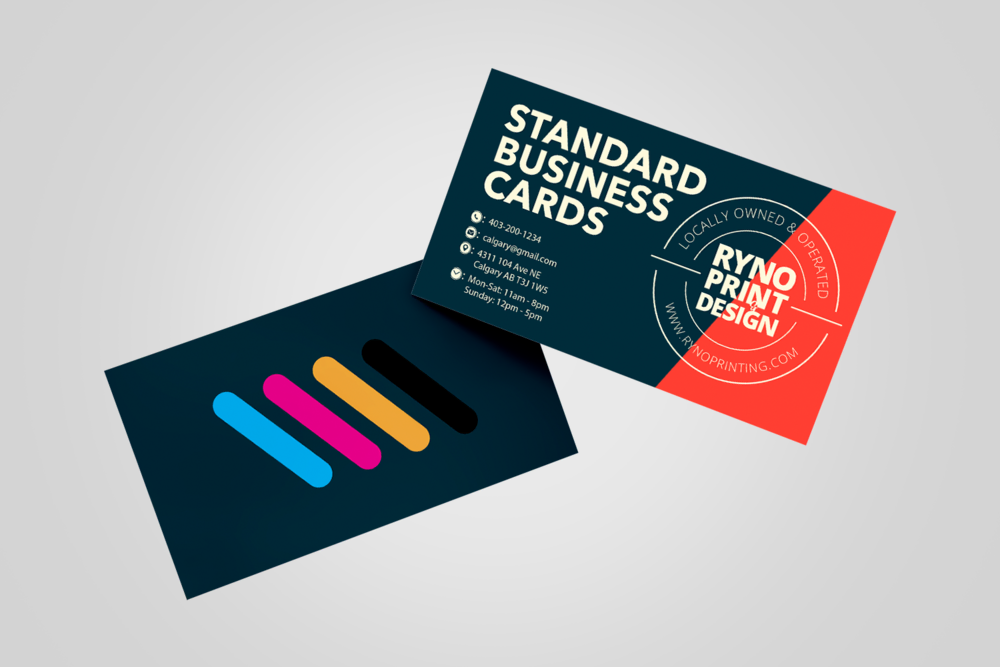Introduction
Business cards are small yet powerful tools that represent your brand and provide your contact information. They serve as a tangible reminder of who you are and what you do, making them an essential part of any professional’s toolkit. In this guide, we’ll explore everything you need to know about business cards printing, from design and materials to printing techniques and distribution strategies.
History of Business Cards
Origin and Early Use
Business cards originated in 17th century Europe as “visiting cards” used by aristocrats to announce their arrival. These early cards were often lavishly decorated, showcasing the owner’s wealth and status.
Business Cards in the Modern Era
Today, business cards are a staple in the professional world. They have evolved to include a variety of designs and printing techniques, making them versatile tools for networking and brand representation.
Types of Business Cards
Standard Business Cards
Standard business cards are the most common type, typically measuring 3.5 x 2 inches in the US. They are straightforward, affordable, and widely accepted.
Premium Business Cards
Premium business cards use higher quality materials and printing techniques. They often feature unique textures, thicker paper, and special finishes, making them stand out.
Custom Business Cards
Custom business cards are tailored to your specific needs and preferences. They can include unique shapes, designs, and materials to reflect your brand’s identity.
Designing Your Business Card
Essential Elements
A well-designed business card should include your name, job title, company name, contact information, and logo. These elements help others remember you and your brand.
Choosing the Right Font
Font choice is crucial in business card design. Avoid overly decorative fonts that can make the text difficult to understand.
Color Schemes and Themes
Your business card’s color scheme should align with your brand’s colors. Use contrasting colors to make important information stand out, and ensure the overall design is visually appealing.
Paper and Material Choices
Paper Types and Weights
Business cards can be printed on various types of paper, including cardstock, matte, glossy, and textured papers. The weight of the paper (measured in GSM) affects the card’s durability and feel.
Alternative Materials
For a unique touch, consider using alternative materials like metal, wood, plastic, or even fabric for your business cards. These materials can make a lasting impression.
Printing Techniques
Digital Printing
Digital printing is cost-effective and ideal for small print runs.
Offset Printing
Offset printing is suitable for larger print runs. It provides excellent color accuracy and consistency, making it a popular choice for professional-quality business cards.
Letterpress Printing
Letterpress printing involves pressing ink into the paper, creating a tactile, embossed effect. It’s a more expensive option but adds a touch of elegance and sophistication.
Finishing Options
Matte vs. Glossy Finish
A matte finish gives your business card a smooth, non-reflective surface, while a glossy finish adds shine and makes colors pop. Choose the finish that best suits your brand’s aesthetic.
Embossing and Debossing
Embossing raises elements of the design above the card’s surface, while debossing presses them into the paper. Both techniques add texture and depth to your business card.
Foil Stamping
Foil stamping applies a metallic foil to specific areas of the card, creating a shiny, eye-catching effect. It’s available in various colors, including gold, silver, and holographic.
Business Card Dimensions
Standard Sizes Around the World
Business card sizes vary by region. In the US, the standard size is 3.5 x 2 inches. In Europe, it’s slightly larger at 3.3 x 2.1 inches. Always check the standard size for your target audience’s location.
Custom Sizes
Custom sizes can make your business card stand out. Square cards, mini cards, and oversized cards are just a few examples of how you can differentiate your brand.
Eco-Friendly Business Cards
Recycled Materials
Using recycled paper for your business cards is an eco-friendly option. It helps reduce waste and shows your commitment to sustainability.
Sustainable Printing Practices
Look for printers that use environmentally friendly inks and processes. These practices minimize your business cards’ environmental impact.
Choosing a Printing Service
Online vs. Local Printers
Online printers often offer lower prices and convenience, while local printers can provide personalized service and faster turnaround times. Consider your priorities when choosing a printer.
Factors to Consider
When selecting a printing service, consider factors like cost, quality, turnaround time, and customer reviews. Request samples to ensure the printer meets your expectations.
Cost Considerations
Budgeting for Business Cards
Set a budget for your business cards, considering factors like design, materials, printing techniques, and quantity. High-quality cards may cost more but can leave a better impression.
Cost-Effective Options
If you’re on a tight budget, consider standard business cards with digital printing. You can still create a professional design without breaking the bank.
Distribution Strategies
How to Hand Out Business Cards
Always have business cards on hand and distribute them at networking events, meetings, and casual encounters. Be ready to provide a card when someone expresses interest in your services.
Networking Events and Trade Shows
Trade shows and networking events are prime opportunities to hand out business cards. Ensure your cards are easily accessible and presentable.
Storing and Organizing Business Cards
Business Card Holders
Use a business card holder to keep your cards organized and in good condition. Choose a holder that matches your professional style.
Digital Solutions
Digital business card apps allow you to share your contact information electronically. They can be a convenient alternative or complement to physical cards.
Common Mistakes to Avoid
Design Flaws
Avoid cluttered designs, hard-to-read fonts, and poor color choices. Keep your design clean and professional.
Printing Errors
Double-check your design for typos and errors before printing. Mistakes can make your business card look unprofessional and damage your credibility.
Conclusion
Business cards remain a vital tool for professional networking and brand representation. By understanding the various aspects of business card printing, from design and materials to printing techniques and distribution strategies, you can create a memorable and effective business card that leaves a lasting impression.
